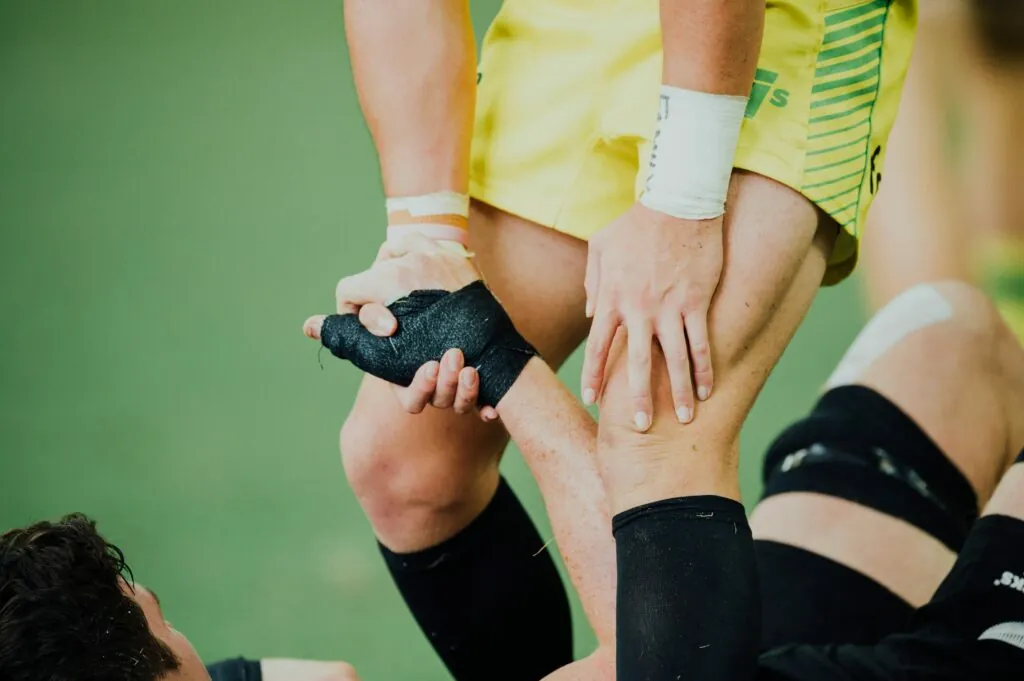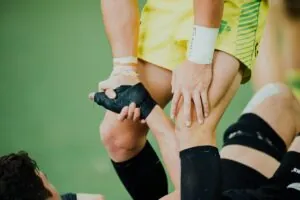Over 600,000 total knee arthroplasty (TKA) surgeries are performed every year making it the most common total joint replacement procedure. The number is expected to grow to over 3 million a year according to Medbridge. There are many reasons why the need for total knee replacement surgery is on the rise, such as a growing and aging population, advances in technology, and a high success rate. It continues to be the best method available to help re-establish an individual’s quality of life when non-surgical options fail to bring sufficient relief or improvement in function. Recovery and long-term management after a TKA are areas of significant challenge. Adaptive training is a progressive and personalized approach to rehabilitation and can be directed at individual aspects such as functional mobility and gait restoration. It is a dynamic process that adjusts the exercise regime according to the evolving needs and recovery timetable of a patient. Properly implemented, it can restore normal gait and contributes significantly to the long-term durability of the new knee joint improving quality of life.
Table of Contents
ToggleRestoration of the Function of the Knee
The main goal for rehabilitation after total knee replacement is to regain functional use and mobility including strength to allow return to routine daily activities and enrichment of quality of life. This includes for example, regaining the range of motion (ROM) which is critical in the early stages of recovery. The aim is to get the knee to fully straighten or bend as good as possible. Without a good ROM, then all other activities will be difficult. Thus, it is essential to be able to fully straighten the leg for a normal walking gait. In this regard, exercises such as ‘knee straightening’ or ‘heel props’ are recommended to gently stretch the knee into full extension. Furthermore, knee flexion is necessary for sitting, stair climbing, and other functions. ‘Heel slides’ and ‘seated knee bends’ are exercises employed to strengthen flexion.

Muscle strength is also necessary for function and stability. The front of the thigh or quadriceps and the back of the thigh or hamstrings weaken noticeably prior to and following surgery. Thus, activities like quad sets, straight leg raises, step-ups, and wall squats are extremely crucial so that the patient can stand up from a chair, climb stairs, and support the knee joint. Likewise, hamstrings although not typically as weak as the quads, are also very important for knee stability. ‘Hamstring curls’ and ‘bridges’ are commonly employed for hamstring strengthening.
Phased Approach to Training
Adaptive rehabilitation after a total knee replacement is essentially a personalized recovery program considering the type of surgery, pre-surgery fitness level of the patient, age, overall health, and personal goal. Since recovery is a progressive process, adaptive training starts with controlled, low-impact movement for strengthening, flexibility, and balance. Initially, focus is put on the restoration of normal gait starting from walking with the assistance of mobility aids such as a cane or walker and then to walking independently. Some exercises will be in standing and shifting weight from side to side and backward and forward for balance. Additionally, the patient will be requested to walk along a straight line, heel first followed by rolling on the toes to produce a normal gait pattern. Standing on one foot while holding onto a stable object gradually progressing to standing on one foot without props is another valuable exercise.
From 6 to 12 weeks, the focus of adaptive training will be on muscle strengthening for stable walking and stair climbing. Step-ups, wall sits, and hamstring curls on a resistance band or machine, are typical exercises. Dynamic movements will be introduced after 3 months as strength and endurance improve. Stair climbing drills, lunges and squats, and single leg stance are ideal.
In conclusion, adaptive training is extremely significant for TKA since every individual’s recovery is different. It is a very effective tool to regain the ability to walk and climb stairs normally and painlessly after a total knee replacement.





